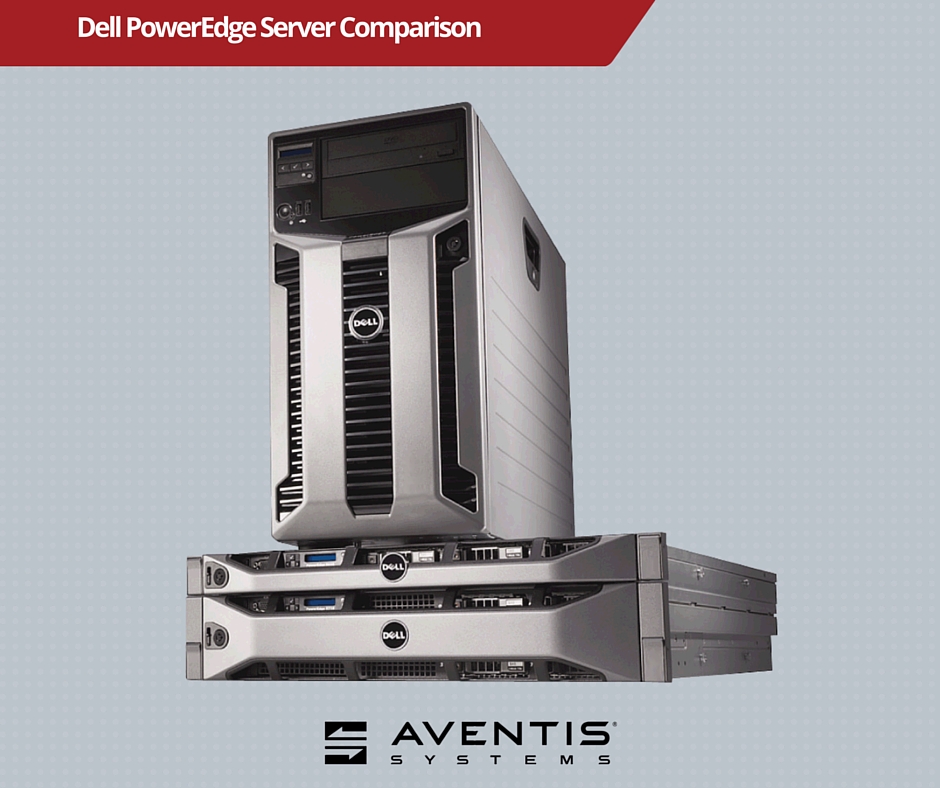Dell PowerEdge Server Comparison
Choosing between the wide varieties of Dell PowerEdge Servers can be slightly stressful. Whether you are expanding your network to include more servers, or you are launching a small business that needs entry level server options to support basic processing applications, it can be beneficial to have a general understanding of the different types of Dell servers, their specs, and their recommended uses.

Dell 1U Rack Servers
Dell PowerEdge 1U Rackmount Servers have small footprints. Although some think the 1U form factor means simpler, entry level models, advancements in technology means we can fit more in a small package. These servers can also offer high-performance from basic entry level value systems to redundant enterprise grade systems. Because redundancy and configuration maximums are often the limiting factor in 1U models, these are ideal for small businesses on a limited budget, those looking to leverage clustered environments, or businesses in data centers where saved rack space equals saved dollars.
Dell 2U Rack Servers
Dell 2U Rackmount Servers are typically designed with more redundancy, storage expandability, and memory scalability to handle a vigorous range of general business applications in comparison to the 1U Servers.
Dell 4U Rack Servers
Larger businesses and organizations with big data should consider the more robust processing capabilities of a Dell 4U Rackmount Server. These powerhouse systems typically feature more CPUs and extensive memory footprints, making them ideal for more intensive data processing, virtualization, high-performance computing, and OLTP applications.
Dell Tower Servers
For remote offices or small business owners, Dell Tower Servers are likely to be the most beneficial, particularly if there are only 1-2 servers in use and there is no climate controlled server room or rack available. The free-standing tower is ideal for basic business applications, while providing high performance with a wide range of options and configurations.
Dell Blade Servers
Dell Blade Servers are ideal for lower long-term operating costs with lower power consumption and more efficient cabling using compact space. The intention of Blade Servers is to simplify deployment and enable swift scalability with a shared infrastructure. Dell M1000e Blade Servers range from the 10th Generation to the 13th Generation, each with varying specifications and features to appeal to your business needs. A blade infrastructure does require a higher upfront investment, but businesses that are adding 5-6 servers per year to their environment will see significant savings over time.
Dell understands business needs, and the rate at which technology accelerates. From the needs of independent offices and small businesses, to the heavy demands of large industries, the variation of servers offered are designed to meet a variety of processing and networking needs. There are many third party vendors who offer Dell servers and related products at highly-affordable prices with customized configurations and support options to suit your specific needs.
If you need help deciding which Dell server is right for your organization, contact us for a consultation. For an in-depth comparison of popular Dell PowerEdge Server models, click here to view our infographic.